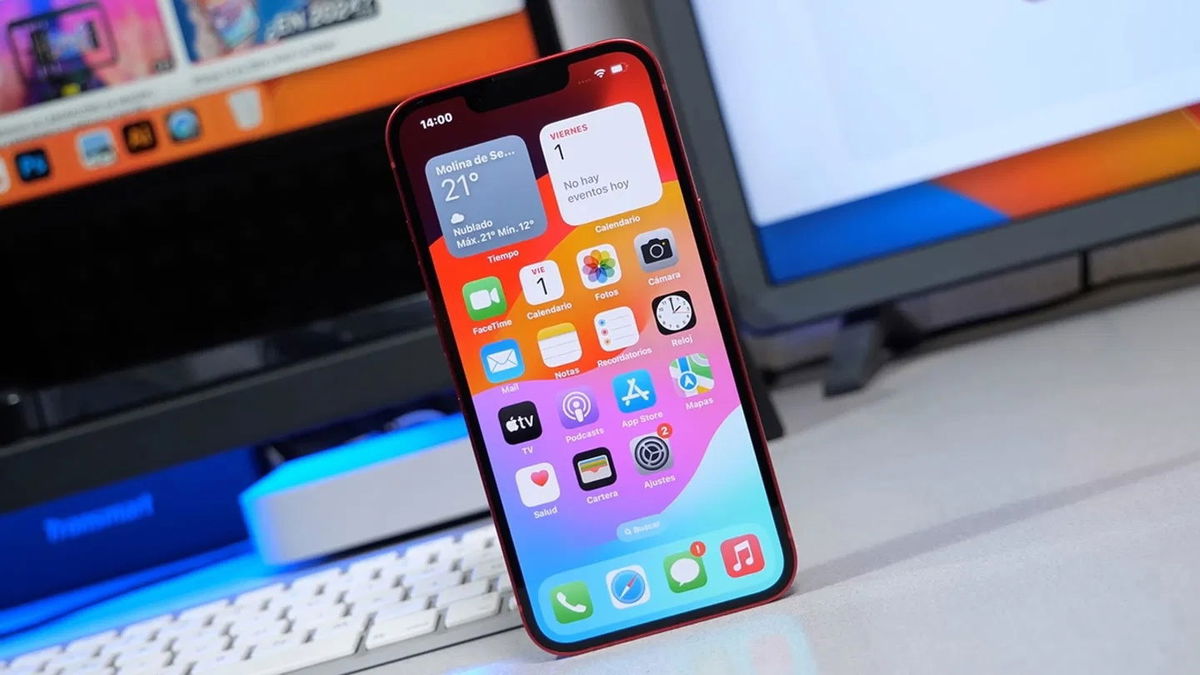A Japanese company has successfully launched the first mission that will be responsible for checking space debris floating around the Earth. Space probe ADRAS-J — the English acronym for Active Debris Removal of Astroscale Japan — has reached its planned orbit, Astroscale, which is coordinating the project with the Japan Aerospace Exploration Agency, announced this Monday.
The space probe was launched from New Zealand this Sunday. Astroscale confirmed that everything went as expected. Team “successfully established contact… and is ready to begin operations” project director Eijiro Atarashi said in a statement.
ADRAS-J’s first task will be to search for and study the remains of the Japanese H2A rocket. His bus-sized remains have been floating in space for 15 years. It is not known exactly where it is, but the mission team is making observations from Earth to determine the location. When it detects it, the probe will move closer to a safe distance to collect images of this space debris and assess the condition of the structure.
“This milestone marks the beginning of our mission, and we are excited to study and characterize a real piece of trash using our innovative capabilities,” Atarashi said. Astroscale emphasizes that this is the world’s first mission dedicated to the study of space debris.
The Growing Problem of Space Debris
The European Space Agency (ESA) reports that in nearly 60 years of space activity, some 16,900 satellites have been launched into orbit. About 11,500 remain in space, but only 9,000 remain operational. according to the latest ESA update from December 2023. Many of the ones that don’t work don’t even keep them safe and sound.
It is estimated that there are more 36.5 thousand space debris objects larger than 10 centimeters in size. They are regularly tracked by space surveillance networks, according to ESA’s Space Debris Office.
The ADRAS-J probe was selected by the Japan Aerospace Exploration Agency for the first stage of the program to destroy space debris of Japanese origin. The project will be implemented in alliance with private companies. Possible solutions include Astroscale’s space “crane” proposal, which would use a magnet to lift failed satellites.
NASA is also thinking about how to solve the problem of growing space debris. Last year, the US space agency awarded TransAstra an $850,000 contract to evaluate the feasibility of a plan to clean up this man-made debris. The TransAstra company proposed a device that acts as a giant “garbage collection bag.” The idea is to use these “bags” attached to small spaceships to collect multiple objects at once.
Donald J. Kessler, a NASA consultant, developed a theory known as Kessler syndrome in the 1970s. This principle suggests that the volume of space debris in low Earth orbit can become so large that it begins to frequently collide with other objects in it. For example, other satellites.
These coalitions, in turn, They will cause a “domino effect” that will lead to the formation of even more space debris. The problem could become so serious that it would become an obstacle to space travel. Experts also warn of risks to global communications. And, although the probability is minimal, the risk of a collision with Earth also exists.
Source: Hiper Textual













